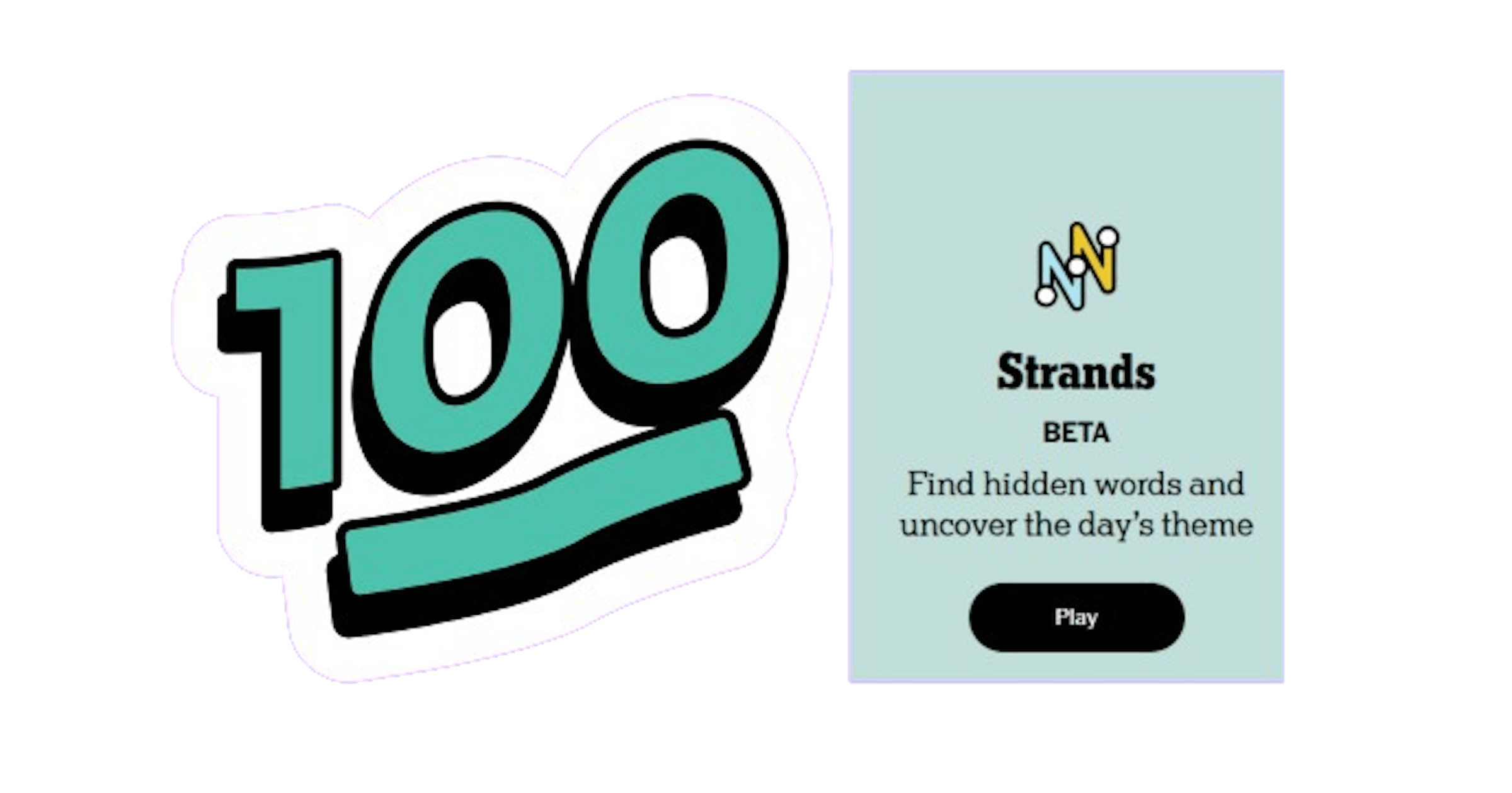As we celebrate the first anniversary of Connections, Strands also reaches a milestone with its 100th puzzle. Inspired by the warm reception of our data-driven analysis of Connections, we decided to delve into these 100 Strands puzzles and share our findings. Our goal is to help Strands enthusiasts sharpen their skills and enjoy this standout addition to the NYT Games family. We look forward to Strands ending its Beta phase and becoming a definitive part of the NYT Games lineup.
Top Insights
- Popular Categories: Language, Literature & Culture is the most frequently featured category, followed by Media, Entertainment & Leisure, and Food & Drinks.
- Bimodal Difficulty: The difficulty of the puzzles ranges widely, from complex French words to EMOJIS. This distribution is typical for Beta testing as the team gauges audience responses.
- Versatile Elements: The word BACON stands out as the most versatile, appearing in 4 puzzles. HOMOPHONES are the only repeated Spangram, mirroring a recurring theme in Connections.
- Theme and Spangram Words: Theme words per puzzle range between 5 and 8, most of the puzzles featuring 7 theme words while Spangrams typically consist of one word. Out of 100 Spangrams, 33 are two words, and 67 are one word.
- Word Length: Words range from 4 to 12 letters, most of the words being 5 and 6 letters long, with an average length of 6.49 letters, encompassing both theme words and Spangrams.
- Common Endings: The most common three-letter endings are TER and ION. The most frequent two-letter endings are ER, LE, and ON, with E being the most common ending letter.
Thematic Threads: Sorting Strands Puzzles
To dive deeper into the world of Strands, we sorted each of the 100 puzzles into thematic categories. By examining the primary subjects and recurring elements, we identified patterns and trends.
Below, you'll find an interactive table showcasing all 100 puzzles, neatly organized by theme for your exploration.
To organize the 100 puzzles into a manageable number of topic groups for our analysis, we carefully iterated through each item, aiming to cover a broad range of subjects while ensuring enough items in each category. This led us to create seven comprehensive groups: Language, Literature & Culture; Media, Entertainment & Leisure; Nature, Gardening & Environment; Food & Drinks; Fashion, Beauty & Style; Education & Science; and Variety Pack.
- Language, Literature & Culture: This group encompasses diverse topics such as mythology, astrology, and various forms of literature and cultural expressions.
- Media, Entertainment & Leisure: Combining media, entertainment, and leisure allowed us to integrate topics ranging from party games and music to print media and movies. This category effectively captures the essence of activities and interests that entertain and engage.
- Nature, Gardening & Environment: This category includes items related to the natural world, gardening practices, and environmental phenomena. By combining these themes, we could include everything from bird songs to weather patterns.
- Food & Drinks: This straightforward category covers all items related to culinary arts, beverages, and dining experiences. It ensures that all food and drink-related puzzles are grouped together, making it easy to navigate and analyze.
- Fashion, Beauty & Style: By merging fashion and style with beauty, we included items related to fitness and self-care routines. This category now covers a spectrum from clothing and accessories to personal grooming and fitness, providing a comprehensive view of style and self-presentation.
- Education & Science: This group encompasses academic subjects and scientific concepts, from mathematics and spaceflight to biology and chemistry. It provides a structured collection of puzzles centered on learning and discovery.
- Variety Pack: This final category covers specific items that didn’t fit neatly into the other groups. It includes unique and diverse topics, ensuring that all puzzles are accounted for and easily accessible.
Through this meticulous process, we created a well-organized and balanced categorization, facilitating effective analysis and appreciation of the puzzles.
Below is a bar chart illustrating the popularity of each topic group in the first 100 Strands puzzles. As depicted, the most popular categories are Language, Literature & Culture, with 28 puzzles, followed closely by Media, Entertainment & Leisure, which includes 23 puzzles. Food and Drinks is also a significant category with 13 puzzles, almost as many as the Variety Pack, which consists of 15 puzzles while encompassing a wide variety. This distribution highlights the broad appeal and diversity of the puzzles, catering to a wide range of interests.
Exploring Recurring Words and Spangrams
Transitioning to the frequency of words and Spangrams, it's fascinating to observe how certain words and concepts recur in the first 100 Strands puzzles. While HOMOPHONES stands out as the only Spangram used twice, reflecting their popularity in the puzzle world, other words also emerge frequently. Words like BACON, appearing four times, and TELEPHONE, DANCE, and TOMATO, each appearing three times, exemplify this trend.
What drives the repeated use of these words is their versatility and ability to fit seamlessly into various themes. For instance, BACON has been cleverly woven into puzzles about food, slang for money, and the Bacon number concept. This adaptability makes certain words more popular in the puzzle realm, demonstrating the creative potential of wordplay.
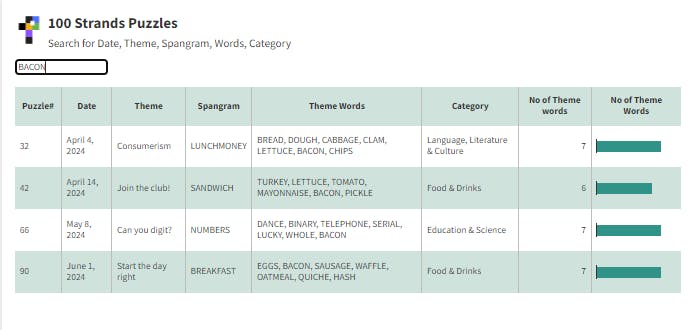
Feel free to engage with the interactive table at the beginning of this article to explore the usage of different words in the Strands puzzles, uncovering the rich tapestry of language and ideas that make these puzzles so captivating.
Analyzing Word Distributions in Strands Puzzles: Length, Quantity, and Spangrams
The chart below illustrates the distribution of theme words across 100 Strands puzzles. It is evident that the majority of puzzles feature 7 words, with 45 puzzles falling into this category. Additionally, 40 puzzles have 6 words, while 11 puzzles contain 5 words, and 4 puzzles include 8 words. This data highlights a preference for 7-word themes in the construction of Strands puzzles.
The distribution of word lengths across 100 puzzles shows that 5-letter words were the most frequently used, appearing 157 times. This is followed closely by 6-letter words, which occurred 144 times, and 7-letter words, which appeared 112 times. All words in the puzzles ranged between 4 and 12 letters long.
Among the 100 Spangrams presented, the majority consisted of single-word entries, totaling 67 instances, while 33 spangrams comprised two-word combinations.
Ending Letters and Patterns
The distribution of ending letters in the 100 puzzles reveals E as the most prevalent, appearing 137 times, followed by S with 77 occurrences, largely due to plural forms. T ranks third with 68 instances, illustrating common word endings across diverse puzzle themes.
Among the two-letter ending patterns, ER leads with 40 occurrences, often signaling action or comparison. LE follows closely with 30 instances, while ON appears prominently 28 times (4 times only because of the versatile 🥓 BACON).
In three-letter endings, TER (WATER, TWISTER, BITTER, ENCOUNTER, LETTER, BUTTER, HUNTER, SAUNTER, FILTER, TITTER, SPECTER, METER) and ION (CAPTION, PROTECTION, REFLECTION, NUTRITION, ILLUSION, FICTION, SCORPION, CONDITION, NOTATION, REPETITION, ILLUMINATION, PUNCTUATION) emerge as the most frequent with 12 occurrences each, representing suffixes commonly found in nouns and verbs. ERS (CHEERS, JEEPERS, GREEK LETTERS, RUBY SLIPPERS, OSCAR WINNERS, NUMBERS, BRAINTEASERS, PARTNERS, TEAM PLAYERS) follows closely with 9 instances, underscoring its use in plural forms and possessives.
Puzzles in the Spotlight: Notable Grids from 100 Challenges
Finally, we're highlighting standout puzzles that showcase a broad spectrum of styles and varying difficulty levels. Some puzzles feature intricate challenges with French words like BERET, CHAUFFEUR, and APERITIF, testing players' spelling prowess.

Others are more approachable, focusing on everyday themes such as the ingredients of a club SANDWICH—TURKEY, BACON, and PICKLE—or simply naming EMOJIS such as SPARKLES, FIRE, and SKULL.
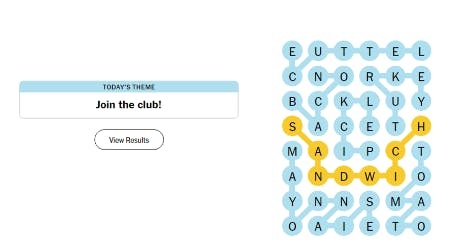
These puzzles not only highlight the creativity and diversity in puzzle construction but also serve as valuable experiments to gather insights into audience preferences and content effectiveness. They strike a balance between challenge and enjoyment, aiming to resonate with a wide range of solvers.
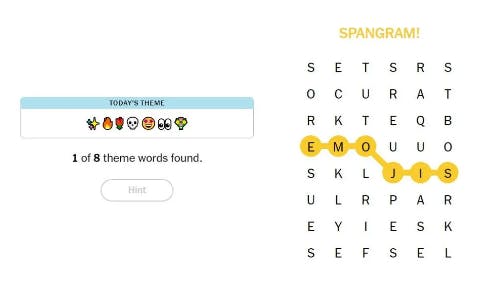
Final Thoughts: Celebrating Awesome Puzzles and Looking Forward
As we wrap up 100 days of brain-teasing, we're eagerly anticipating Strands going fully live! From LOANWORDS that sent us scrambling for the dictionary to fun-filled challenges like assembling a CLUB SANDWICH with TURKEY, BACON, and PICKLE, or decoding EMOJIS like SPARKLES and SKULL, every puzzle has been a blast.
Looking ahead, we're excited to continue solving each daily Strands, catching up on any missed challenges from yesterday, or exploring the archive of past puzzles.
Here's to cracking codes, solving riddles, and enjoying every minute of puzzling! 💯 🥂

 NY Times Mini
NY Times Mini NY Times Crossword
NY Times Crossword NY Times Wordle
NY Times Wordle NY Times Connections
NY Times Connections NY Times Connections Sports Edition
NY Times Connections Sports Edition NY Times Strands
NY Times Strands NY Times Spelling Bee
NY Times Spelling Bee NY Times Pips
NY Times Pips Word Salad
Word Salad Contexto
Contexto Blossom
Blossom Betweenle
Betweenle Conexo
Conexo Bracket City
Bracket City Fluxis
Fluxis Stacks
Stacks Atlantic Crossword
Atlantic Crossword LA Times Mini
LA Times Mini LA Times Crossword
LA Times Crossword Word Hurdle
Word Hurdle Anagram Solver
Anagram Solver Scrabble Word Finder
Scrabble Word Finder Words With Friends Word Finder
Words With Friends Word Finder Atlantic Games
Atlantic Games LA Times
LA Times Zorzzle
Zorzzle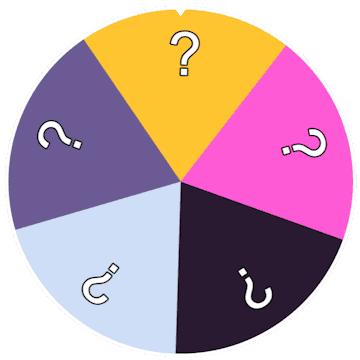 Word of Fortune
Word of Fortune
